Home>Furniture & Design>Interior Design Trends>What Is Murano Glass
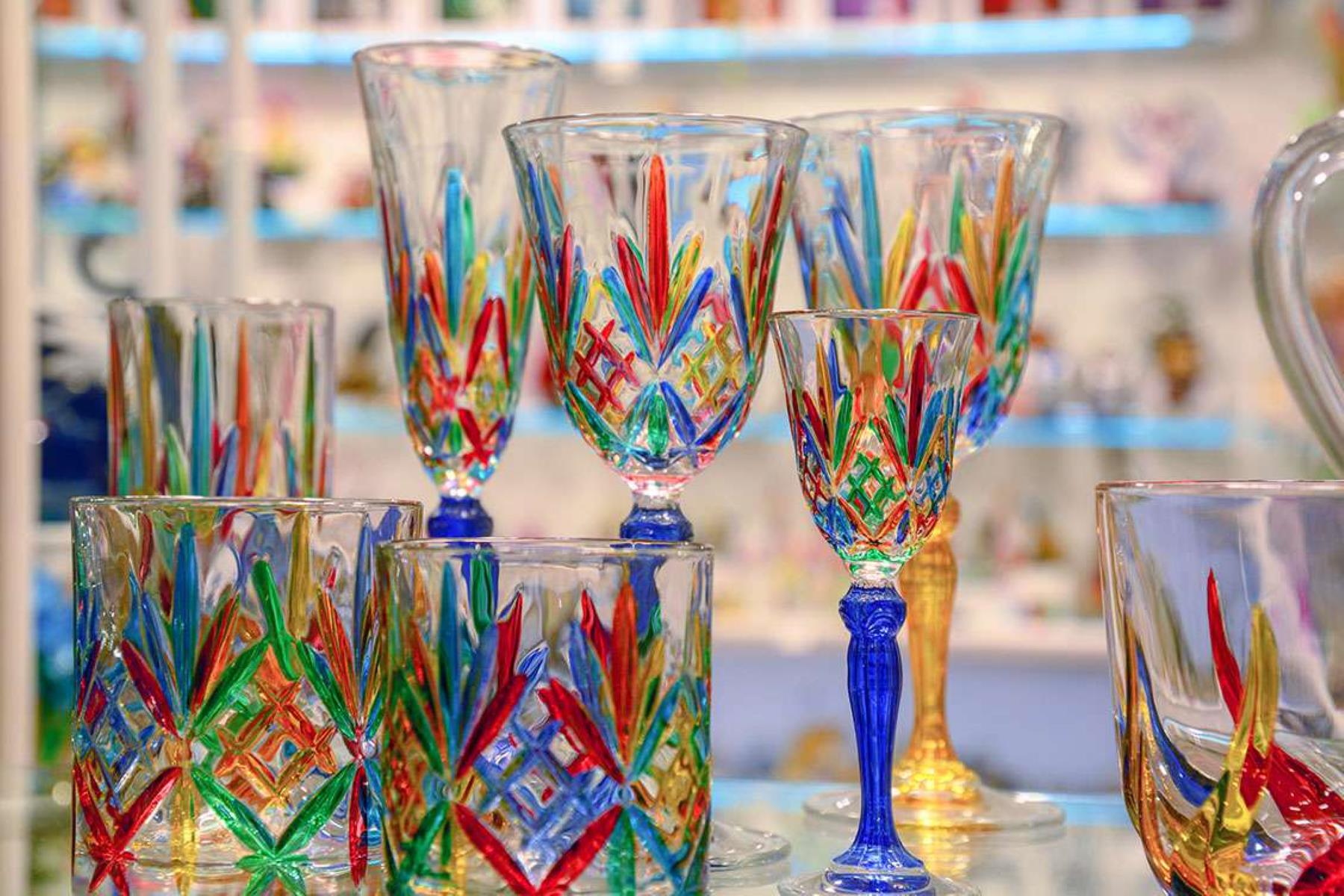

Interior Design Trends
What Is Murano Glass
Modified: February 6, 2024
Discover the allure of Murano glass and its influence on interior design trends. Explore the timeless elegance and craftsmanship of Murano glass in modern interiors.
(Many of the links in this article redirect to a specific reviewed product. Your purchase of these products through affiliate links helps to generate commission for Storables.com, at no extra cost. Learn more)
History of Murano Glass
The captivating history of Murano glass dates back to the 13th century when the glassmakers of Venice were ordered to move their foundries to the island of Murano. This decree was not merely an administrative relocation; it was a strategic move to safeguard the city of Venice from the peril of devastating fires that often resulted from the glassblowing process. This pivotal decision not only protected Venice but also paved the way for the birth of an extraordinary legacy – the renowned Murano glass.
The glassmakers of Murano were not only tasked with relocating their workshops but were also entrusted with the responsibility of preserving the secrets of their craft. This was a measure taken to maintain the competitive advantage of Venetian glass in the global market. The artisans of Murano took this mandate seriously and dedicated themselves to refining their techniques and innovating new methods, thereby establishing Murano as the epicenter of exquisite glass artistry.
During the Renaissance period, Murano glass experienced a golden age, with the artisans achieving unprecedented levels of mastery in glassblowing, glass cutting, and glass engraving. Their creations adorned the palaces of royalty and the homes of the elite, earning Murano glass a reputation for unparalleled beauty and craftsmanship.
The 18th and 19th centuries witnessed a shift in Murano glass production, with a focus on creating ornate chandeliers and intricate glass sculptures. This era marked a significant expansion in the range of techniques employed, leading to the development of filigree, millefiori, and lattimo – techniques that are still revered today for their complexity and artistry.
Despite facing various challenges throughout its history, including economic downturns and the threat of imitation, Murano glass has endured and thrived. The artisans' unwavering commitment to preserving their heritage and passing down their skills through generations has ensured that the legacy of Murano glass remains vibrant and cherished.
Today, Murano glass continues to captivate the world with its timeless allure, and the island remains a sanctuary for those who seek to witness the mesmerizing artistry of glassmaking. The legacy of Murano glass stands as a testament to the ingenuity, resilience, and artistic prowess of the human spirit, transcending time and leaving an indelible mark on the world of art and craftsmanship.
Key Takeaways:
- Murano glass, with its vibrant colors and intricate designs, has a rich history dating back to the 13th century. Its enduring allure and exceptional craftsmanship continue to captivate the world, transcending time and leaving an indelible mark on the world of art and craftsmanship.
- The art of crafting Murano glass involves techniques such as murrine, filigree, and sommerso, honed over centuries. These techniques exemplify the unparalleled artistry, precision, and innovation that define the legacy of Murano glass, captivating and inspiring admirers worldwide.
Read more: How To Tell Murano Glass
Characteristics of Murano Glass
Murano glass is renowned for its distinctive characteristics, setting it apart as a timeless symbol of elegance and artistry. The following features define the allure and uniqueness of Murano glass:
-
Vibrant Colors: Murano glass is celebrated for its rich and vibrant hues, ranging from deep cobalt blues and emerald greens to fiery reds and sunny yellows. These captivating colors are achieved through the meticulous blending of mineral oxides and pigments during the glassmaking process, resulting in a stunning array of shades that captivate the eye and evoke a sense of opulence.
-
Translucence and Clarity: One of the defining traits of Murano glass is its exceptional translucence and crystal-clear clarity. This characteristic is achieved through the precise melting and refining of high-quality silica, soda ash, and lime, resulting in glass that exudes a luminous and ethereal quality. The transparency of Murano glass allows light to dance and refract within its depths, creating a mesmerizing display of radiance.
-
Intricate Patterns and Designs: Murano glass is renowned for its intricate patterns and designs, which are meticulously crafted by skilled artisans using a variety of techniques such as murrine, filigree, and lattimo. These elaborate designs often feature delicate swirls, intricate floral motifs, and mesmerizing geometric patterns, showcasing the unparalleled artistry and precision of Murano glassmakers.
-
Exceptional Craftsmanship: The hallmark of Murano glass lies in the exceptional craftsmanship that goes into each piece. From delicate vases and ornate chandeliers to exquisitely detailed sculptures, every creation embodies the dedication, skill, and passion of the artisans who meticulously shape and manipulate molten glass into works of art. The precision and artistry displayed in Murano glass reflect centuries of tradition and mastery.
-
Timeless Elegance: Murano glass exudes an enduring sense of timeless elegance, transcending trends and fads. Whether displayed in modern interiors or traditional settings, Murano glass effortlessly infuses spaces with a touch of sophistication and refinement. Its timeless allure makes it a coveted choice for discerning collectors and enthusiasts seeking to adorn their surroundings with objects of enduring beauty.
-
Collectible and Valuable: The rarity and artistry of Murano glass render it highly collectible and valuable. Each piece is a testament to the heritage and legacy of Murano, making it a sought-after treasure for collectors and connoisseurs of fine art and craftsmanship.
The characteristics of Murano glass collectively embody a legacy of artistry, innovation, and timeless beauty, cementing its status as a revered and cherished art form that continues to captivate and inspire admirers worldwide.
Techniques Used in Making Murano Glass
The art of crafting Murano glass encompasses a diverse array of techniques that have been honed and perfected over centuries, resulting in the creation of exquisite and unparalleled glass masterpieces. These techniques, passed down through generations of skilled artisans, are a testament to the ingenuity, precision, and artistry that define Murano glassmaking.
1. Murrine Technique
The murrine technique involves the meticulous layering and fusion of colored glass rods to form intricate patterns and designs within a glass matrix. Artisans skillfully arrange and fuse these rods to create a solid cylinder, which is then sliced into cross-sections, revealing mesmerizing patterns that adorn vases, sculptures, and other Murano glass creations. The precision and artistry required to achieve symmetrical and harmonious murrine patterns exemplify the mastery of Murano glassmakers.
2. Filigree Technique
The filigree technique showcases the exceptional skill of Murano glass artisans in creating delicate and ornate glasswork. This intricate process involves the careful twisting and layering of thin glass rods to form elaborate designs, often resembling lace or delicate filaments. The resulting filigree patterns are then incorporated into a variety of glass objects, adding a touch of elegance and sophistication to each piece.
Read more: Where Is Murano Glass Made
3. Lattimo Technique
The lattimo technique, also known as milk glass, involves the addition of bone ash to the glass mixture, resulting in a semi-opaque white glass that exudes a milky translucence. This distinctive glass is then used as a canvas for intricate engravings and delicate decorations, showcasing the artistry and precision of Murano glassmakers. The lattimo technique is often employed to create stunning vases, figurines, and lighting fixtures, adding a timeless and ethereal quality to each piece.
4. Incalmo Technique
The incalmo technique is a testament to the technical prowess and precision of Murano glass artisans. This intricate method involves the careful fusion of separate glass pieces of different colors and shapes, seamlessly joining them to create a single, harmonious composition. The resulting pieces often feature striking color contrasts and seamless transitions, demonstrating the exceptional skill and artistry required to master the incalmo technique.
5. Sommerso Technique
The sommerso technique, meaning "submerged" in Italian, is characterized by the layering of differently colored glass within a single object, creating a mesmerizing sense of depth and dimension. This process involves carefully layering molten glass of contrasting colors, with each layer submerged within the preceding one, resulting in a captivating visual effect. The sommerso technique is often employed to create stunning vases, sculptures, and glassware, showcasing the mastery and innovation of Murano glassmakers.
These techniques, among others, exemplify the unparalleled artistry, precision, and innovation that define the legacy of Murano glass. Each method represents a testament to the enduring tradition and mastery of the artisans who continue to elevate the art of glassmaking to new heights, ensuring that the allure of Murano glass remains timeless and unparalleled.
Famous Murano Glass Products
Famous Murano glass products stand as timeless testaments to the unparalleled artistry and craftsmanship that define this revered art form. From exquisite chandeliers that illuminate grand palaces to delicate vases that grace elegant interiors, Murano glass products have captivated admirers and collectors worldwide with their enduring beauty and sophistication.
Read more: How To Identify Murano Glass
Ornate Chandeliers
Murano glass chandeliers are renowned for their opulent beauty and exquisite craftsmanship. These magnificent lighting fixtures, adorned with intricate glass elements and elaborate designs, have adorned prestigious spaces for centuries. The grandeur of Murano chandeliers is a result of the meticulous artistry employed in their creation, with skilled artisans meticulously shaping and assembling delicate glass components to form breathtaking compositions that exude luxury and grandeur. These timeless masterpieces continue to illuminate palaces, theaters, and grand halls, serving as iconic symbols of Murano's rich heritage and artistic legacy.
Elaborate Glass Sculptures
The art of sculpting glass into intricate and expressive forms has been a hallmark of Murano's artistic tradition. From graceful figurines capturing the fluidity of movement to bold and avant-garde contemporary sculptures, Murano glass artists have demonstrated unparalleled skill and creativity in shaping molten glass into captivating works of art. These sculptures, often characterized by their vibrant colors and dynamic forms, serve as captivating focal points in art galleries and private collections, showcasing the boundless potential of Murano glass as a medium for artistic expression.
Delicate Vases and Glassware
Murano glass vases and glassware are celebrated for their exquisite beauty and functional elegance. The delicate artistry displayed in the creation of these pieces is a testament to the precision and skill of Murano glassmakers. Each vase and glassware item is a harmonious blend of form and function, with intricate patterns, vibrant colors, and graceful silhouettes that elevate them to the realm of objets d'art. Whether displayed as standalone art pieces or used for practical purposes, Murano glass vases and glassware embody a timeless allure that transcends utility, making them cherished possessions for discerning collectors and enthusiasts.
Intricately Detailed Mirrors
Murano glass mirrors are revered for their ornate frames and exquisite detailing, adding a touch of luxury and sophistication to any space. The frames of these mirrors are adorned with intricate glass embellishments, often featuring delicate filigree work, murrine patterns, and captivating designs that reflect the mastery of Murano glass artisans. These mirrors not only serve as functional decor but also stand as stunning examples of the artistry and innovation that define Murano glass craftsmanship.
Read also: 9 Best Murano Glass Vase for 2024
Timeless Jewelry and Accessories
The tradition of Murano glass extends to the creation of exquisite jewelry and accessories, where the luminous beauty of glass is transformed into wearable art. From dazzling pendants and earrings to intricate beads and statement necklaces, Murano glass jewelry showcases the versatility and allure of this revered material. Each piece is a testament to the skill and creativity of the artisans who harness the transformative power of glass to create stunning adornments that capture the essence of Murano's artistic legacy.
These famous Murano glass products, each bearing the indelible mark of masterful artistry and timeless elegance, continue to enchant and inspire, perpetuating the legacy of Murano as a beacon of unparalleled craftsmanship and artistic innovation.
The Importance of Murano Glass in Art and Culture
The significance of Murano glass in art and culture transcends its physical beauty and technical mastery, encompassing a profound legacy that has left an indelible mark on the world of artistic expression and craftsmanship. Murano glass stands as a testament to the enduring impact of human creativity and ingenuity, shaping the cultural landscape and inspiring generations with its timeless allure.
In the realm of art, Murano glass holds a revered position as a medium of boundless potential and artistic innovation. The intricate techniques and meticulous craftsmanship employed in the creation of Murano glass masterpieces have elevated the medium to a form of high art, blurring the boundaries between functional objects and sculptural expressions. The artistry of Murano glass has inspired and influenced artists across diverse disciplines, serving as a wellspring of inspiration for sculptors, designers, and artisans seeking to push the boundaries of creativity and materiality.
Furthermore, the cultural significance of Murano glass extends beyond its artistic merit, encompassing its role as a custodian of tradition and heritage. The centuries-old techniques and time-honored practices preserved within the art of Murano glass serve as a living testament to the resilience and dedication of the artisans who have safeguarded their craft through generations. This commitment to preserving tradition has not only sustained the art form but has also fostered a sense of cultural continuity, connecting contemporary audiences with the rich legacy of the past.
Moreover, Murano glass has become synonymous with the identity of Venice and the broader Italian cultural heritage, serving as a symbol of artistic excellence and national pride. Its global renown has positioned it as a cultural ambassador, transcending geographical boundaries to showcase the ingenuity and artistry of Italian craftsmanship to the world. The cultural significance of Murano glass is further underscored by its inclusion in prestigious museum collections and exhibitions, where it stands as a testament to the enduring legacy of human creativity and the transcendent power of artistic expression.
In essence, the importance of Murano glass in art and culture lies in its ability to transcend the confines of a material medium, embodying the spirit of artistic innovation, cultural heritage, and timeless beauty. Its enduring legacy continues to inspire and captivate, serving as a testament to the profound impact of art on the human experience and the enduring legacy of craftsmanship in shaping the cultural narrative.
Frequently Asked Questions about What Is Murano Glass
Was this page helpful?
At Storables.com, we guarantee accurate and reliable information. Our content, validated by Expert Board Contributors, is crafted following stringent Editorial Policies. We're committed to providing you with well-researched, expert-backed insights for all your informational needs.
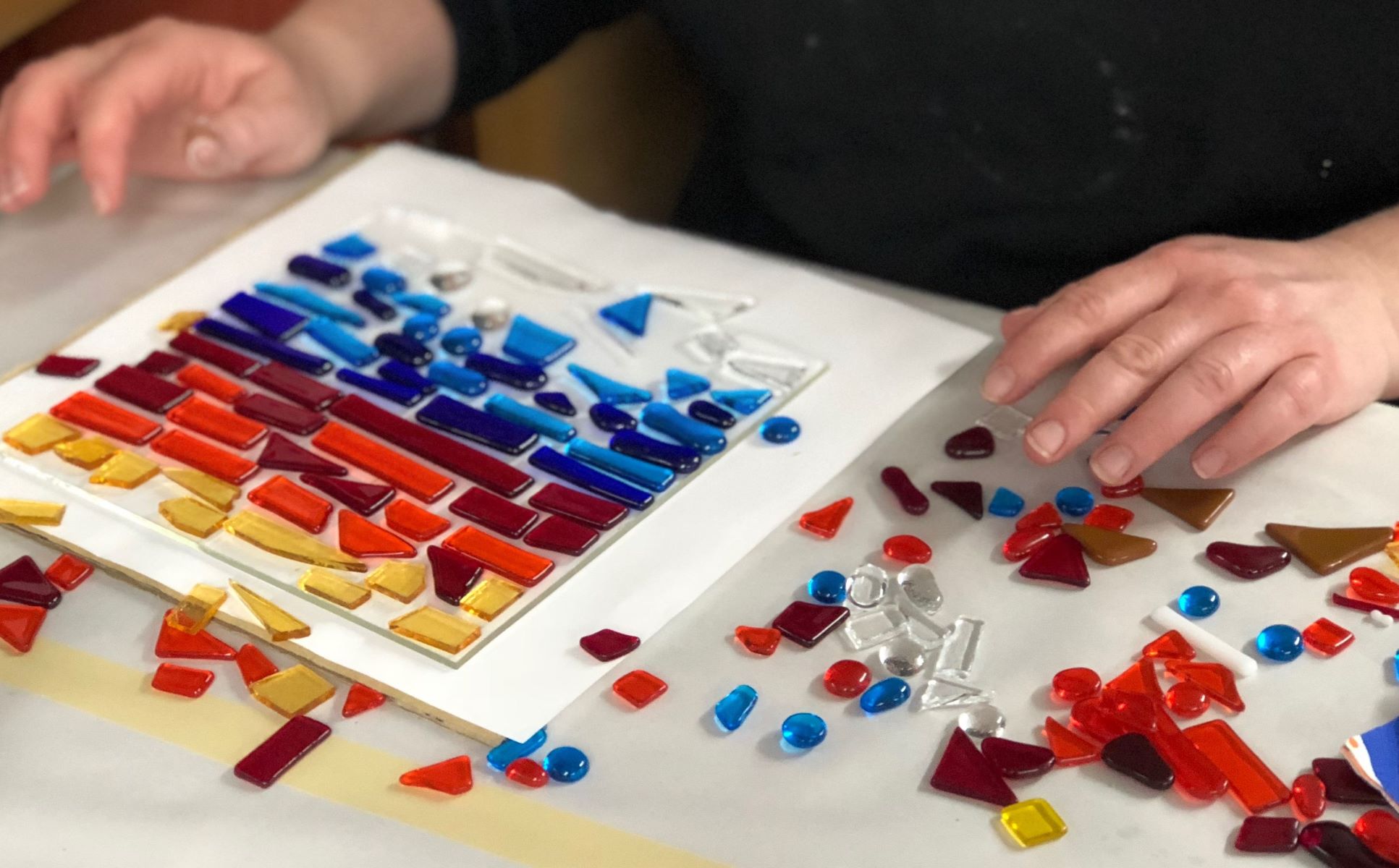
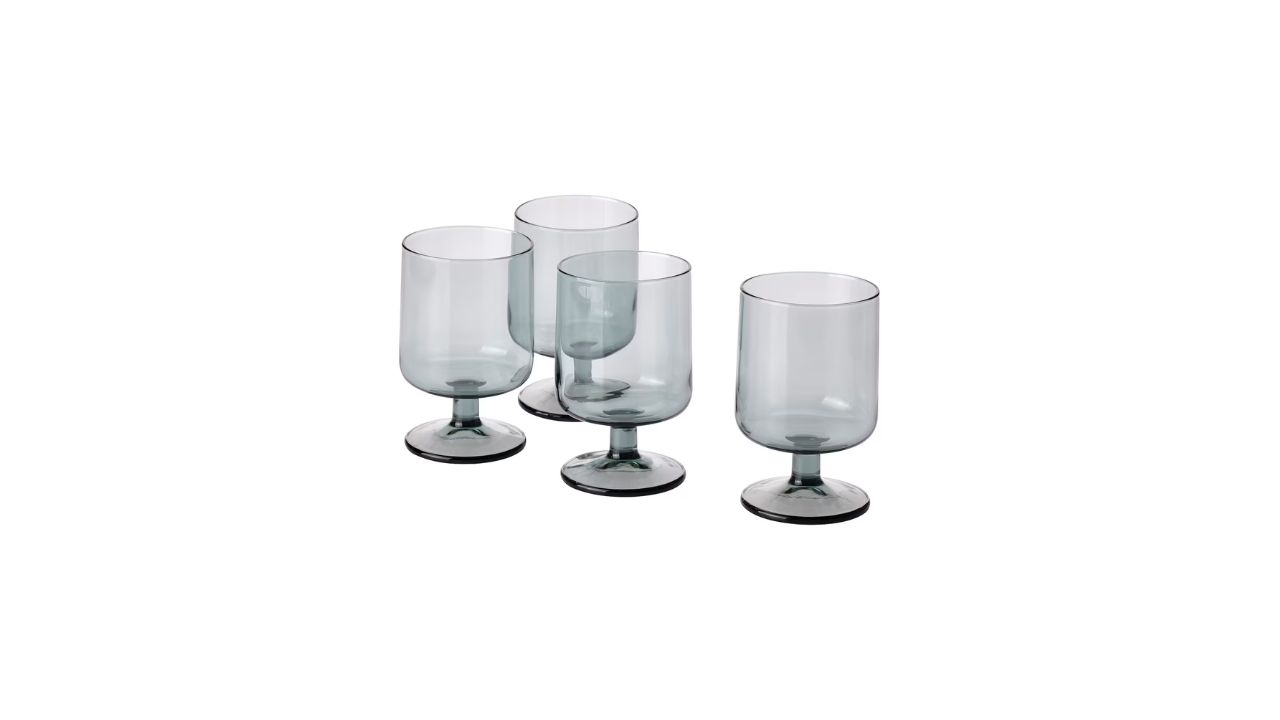




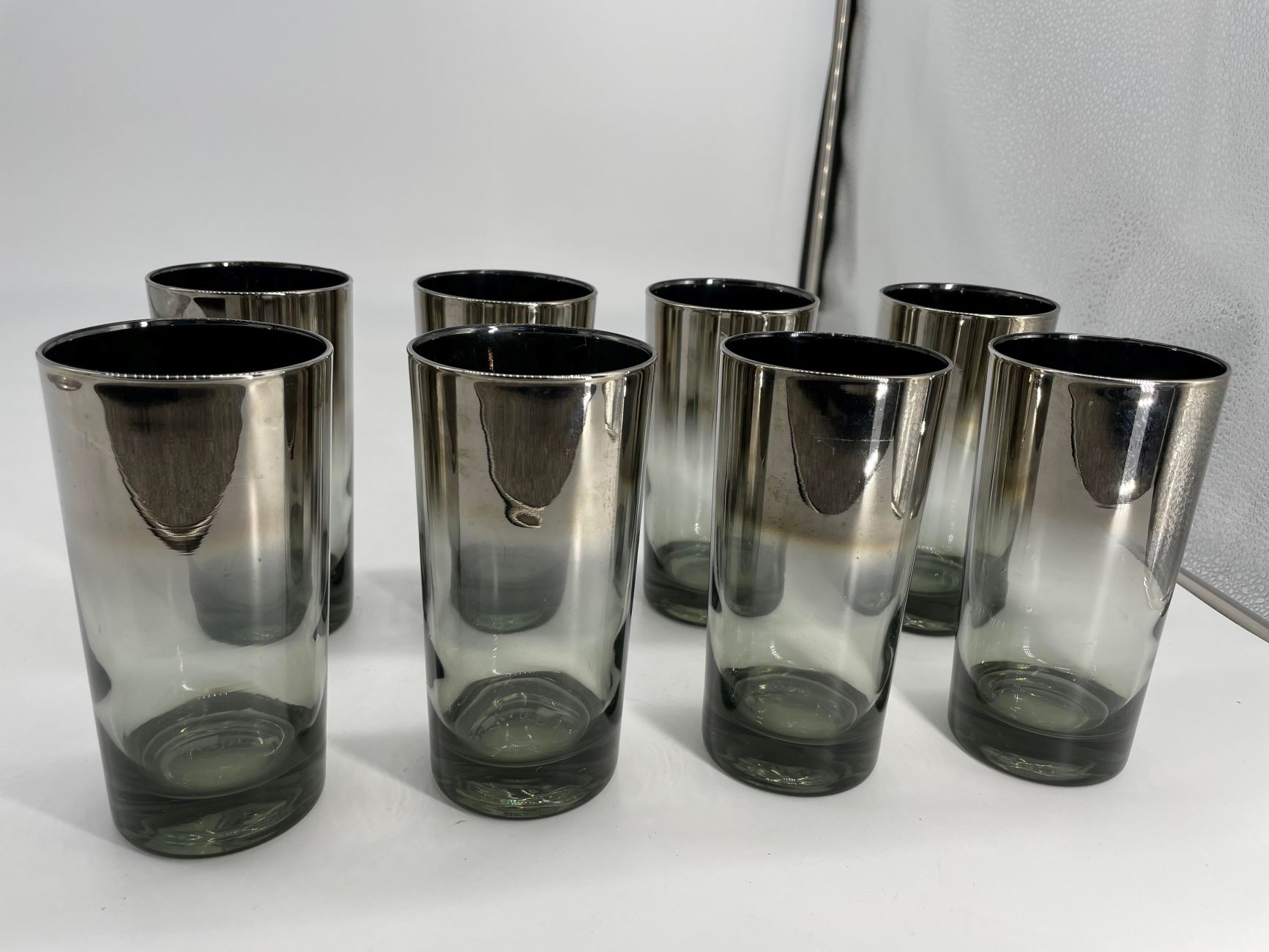

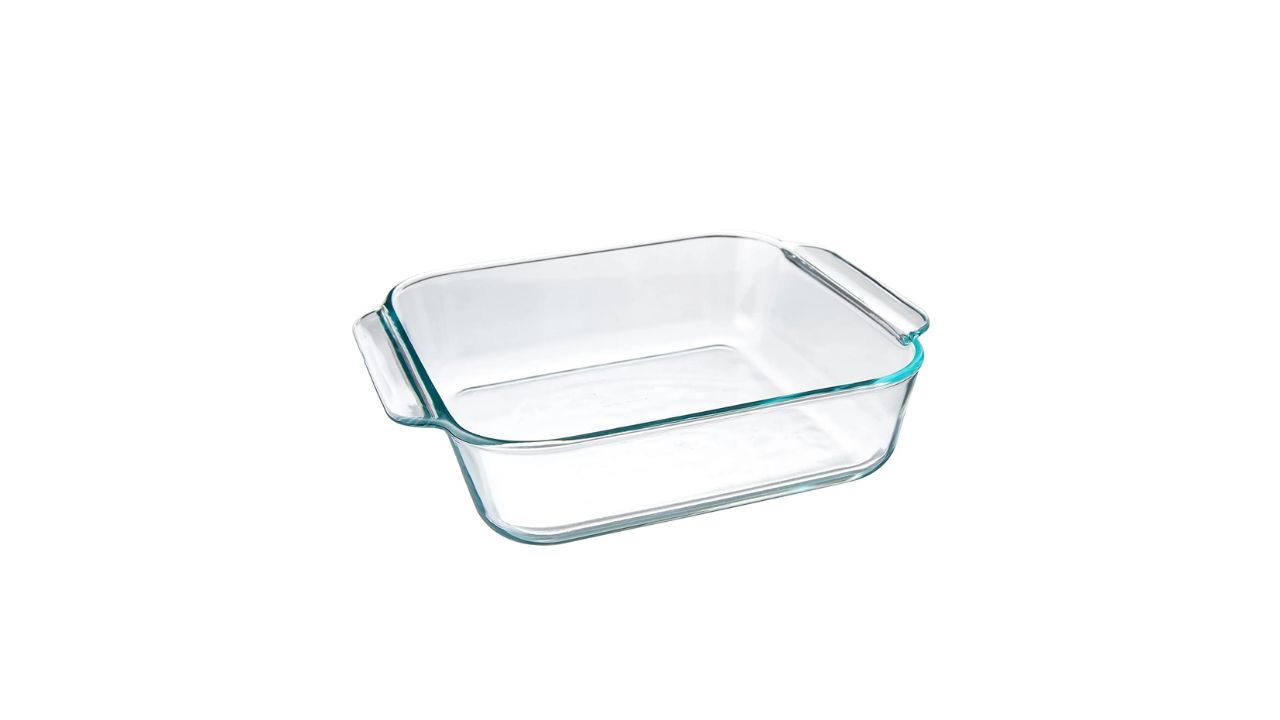
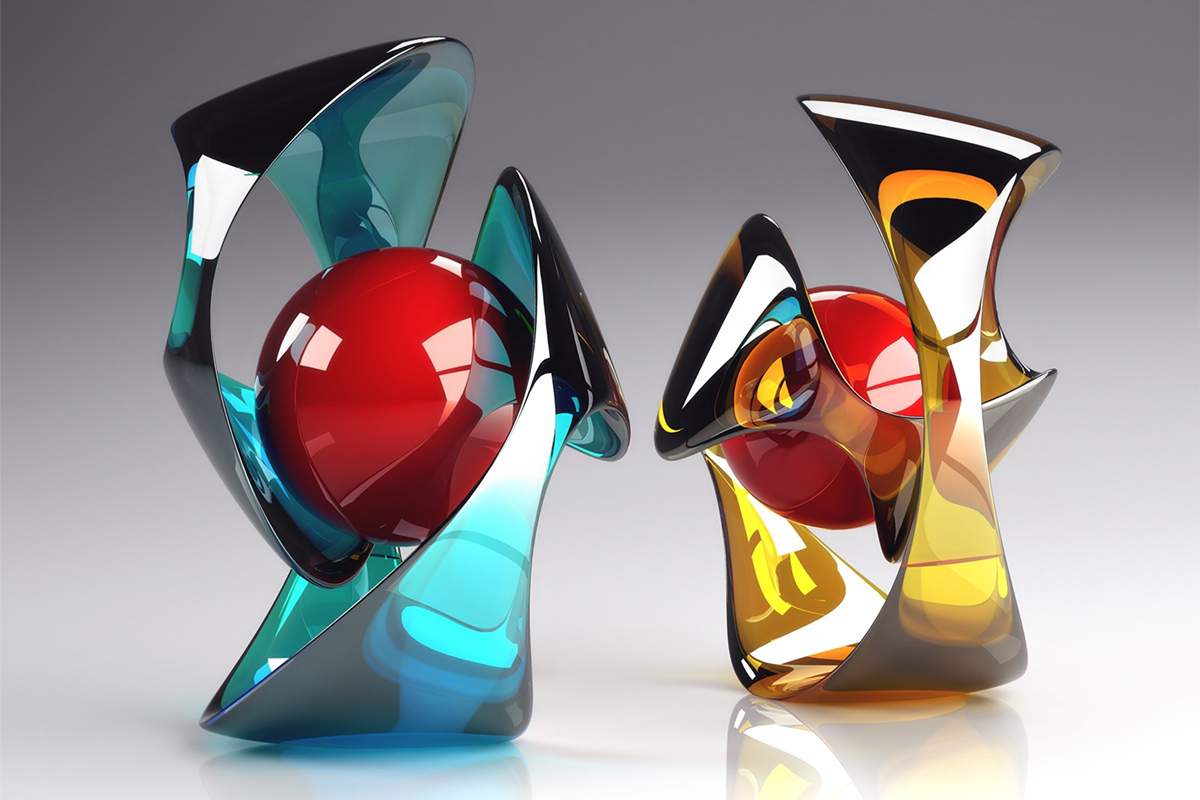



0 thoughts on “What Is Murano Glass”